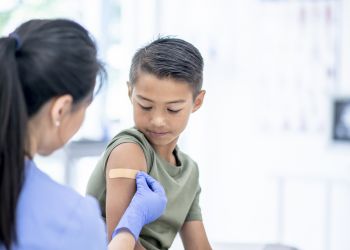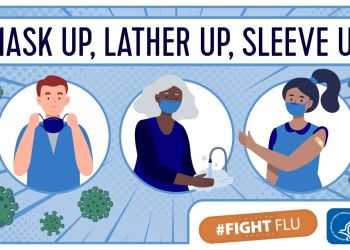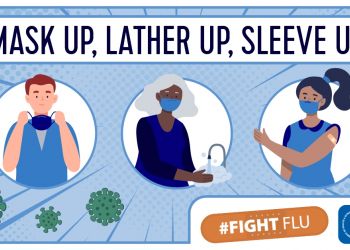Though the world is still grappling with the COVID-19 pandemic, flu season is upon us once again. Influenza is one of the most widespread infectious diseases in the United States. CDC estimates that annually, flu results in 9- 45 million illnesses and between 12,000 and 16,000 deaths. Just like last year, it is more important than ever to get a flu vaccine to prevent illness and reduce the burden on a healthcare system that is still trying to manage COVID-19. It is particularly important for older adults to get a flu vaccination as they are at higher risk for developing severe flu, which can lead to hospitalization or death.
On June 28, 2021, NACCHO hosted a virtual roundtable to discuss key issues around flu vaccination for older adults. With the recognition that the COVID-19 pandemic shaped perspectives and behaviors related to vaccination, public health leaders met to identify the best approaches and strategies for ensuring influenza vaccinations in individuals 65 years of age and older for the 2021–2022 influenza season and beyond.
This meeting convened over 50 participants representing a variety of sectors including state and local health departments, federal government agencies, non-profits, community-based organizations, faith-based organizations, universities, and private industry.
Participants were asked to share their thoughts on how flu vaccination efforts for older adults will have to change because of effects from the COVID-19 pandemic as well as best practices for reaching under-represented adults both before and during the pandemic. In particular, participants shared lessons learned from the COVID-19 pandemic that can be applied to maintain or increase flu vaccination rates for older adults. Discussions focused on developing recommendations related to four main themes- policy, access, data and reporting, and communications, while keeping equity and partnerships in mind for each theme.
Many recommendations were made; some of which include:
- Institutionalize and adapt COVID-19 programs that can jointly serve influenza vaccination.
- Fund vaccine infrastructure to capitalize on lessons learned from the COVID-19 pandemic.
- Make it easy for people: provide transportation, judicious use of technology, and address language and literacy barriers.
- Move from crisis-born relationships to long-term partnerships in public health.
- Increase interoperability of adult immunization registries.
- Create and distribute effective messaging.
To learn more about these recommendations as well as others that can be implemented at all different levels, check out the report, Collaboration to Address Influenza Among Older Adults.




